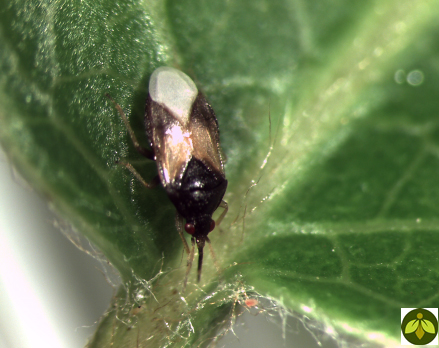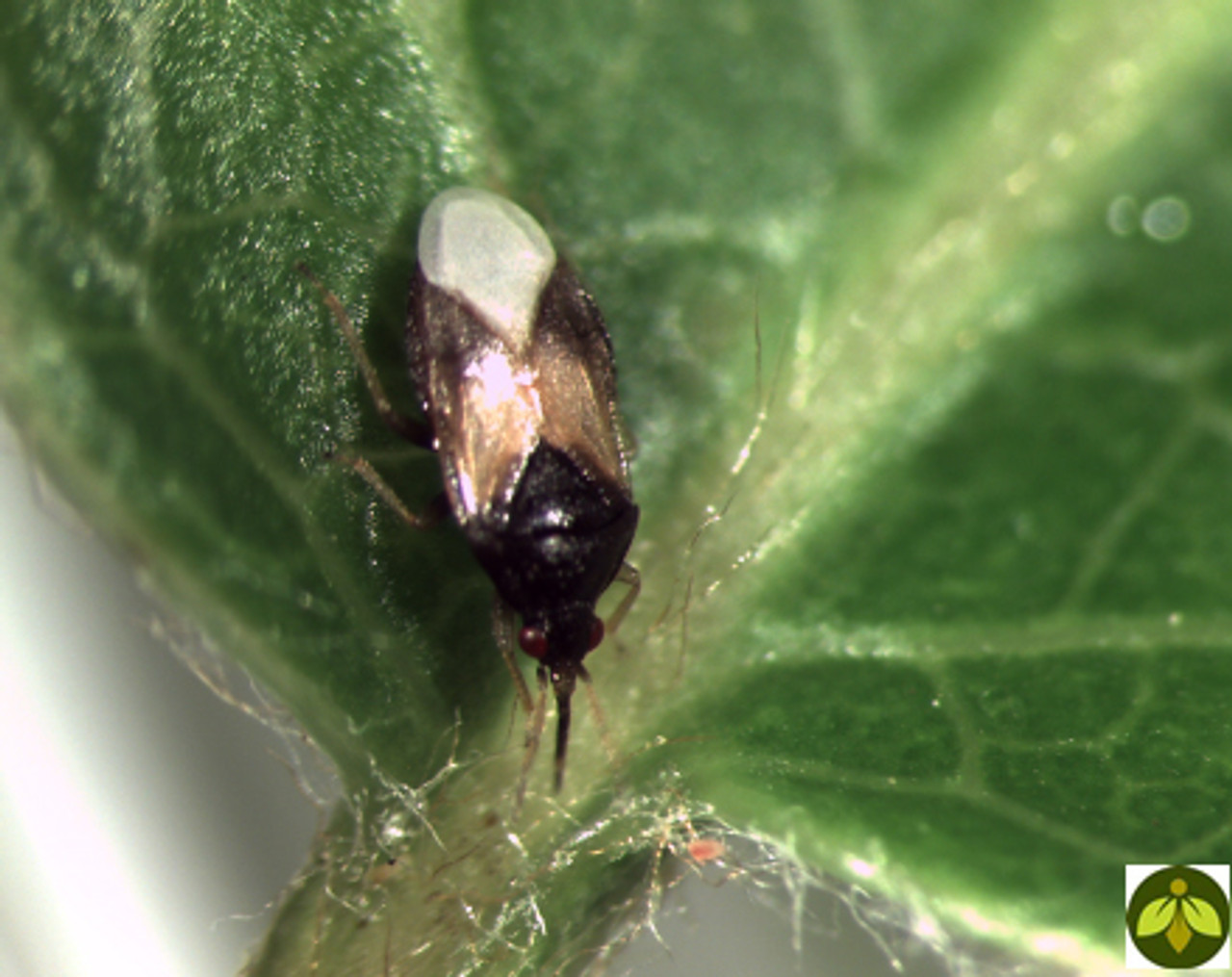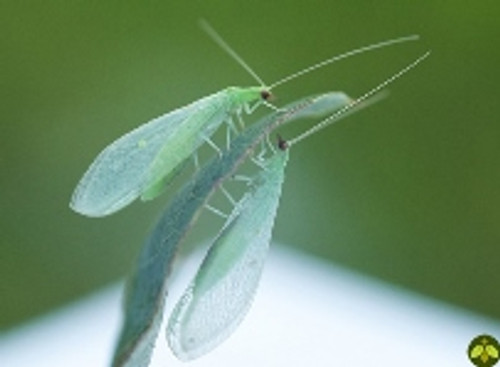PAID ORDERS ONLY! LIVE SHIPMENT Store pickup ONLY!
PRE-ORDER ONLY - NOT IN STOCK. INCLUDES OVERNIGHT SHIPPING COST
Orders will only ship on Monday, Tuesday, and Wednesday. Orders placed before 10am will ship the following day.
Orders placed after 10am will ship out 2 days later unless it lands on a Thursday or Friday, Then the order will ship out the following Monday.
Description

Orius insidiosus, also called the minute pirate bug, is an aggressive thrips predator – possibly the most effective. It attacks and kills all mobile stages of thrips, including adult thrips.
Orius is a true bug, which means it has a long rostrum (feeding tube). It uses its rostrum to pierce its prey, and drain the contents, killing the pest.
A ‘generalist’ predator, Orius feeds on many pest species, such as mites, aphids and moth eggs for food. It will control thrips, and helps in the control of the other pest species.
Life-style
The adult female is 3mm long and lays (oviposits) two to three eggs per day in plant tissue. Eggs are tiny (0.4mm), and difficult to see. One nymph hatches per egg. Nymphs pass through five stages before maturing. Total development time (egg to adult) is about three weeks. Adults live approximately three to four weeks.
The first nymphs are colourless, and darken as they mature; going from yellow to brown. Fifth-stage nymphs have wing pads. All nymph stages have red eyes. Adults are black and have a characteristic white patch on its back.
Orius females may enter diapause when daylength is less than 12 hours. Releases of Orius are possible during this time, but one should not expect establishment.
Benefits
Orius is aggressive – it consumes 12 thrips per day but kills many more (45) than it eats.
In addition to its predatory nature, Orius can feed on pollen if prey is scarce. Preventive applications are possible in pollen bearing crops (eg pepper).
Supplemental feeding of Ephestia eggs has been shown to enhance the ability of Orius to control thrips. Ephestia eggs are more nutritious for Orius than thrips. It aids Orius population growth because adult females fed Ephestia lay more eggs per day and live longer. The Orius population increases more and faster than if fed only thrips.
Scouting
We suggest simply monitoring the thrips levels. This is still the easiest, most effective option. Monitoring thrips levels can be done two different ways: blue or yellow sticky traps and/or “the paper method” (discussed under Scouting How-To). Adults can be found if the scout exercises perseverance. Try looking in the flowers when the they may be seen eating thrips or pollen (see Advisories, next).
Advisories
To counteract the natural urge for these predators to undergo diapause you must: 1) keep the temperature above 73°F, 2) keep temperatures above 50°F, but provide supplemental lighting during the appropriate time of year. A 60 watt bulb for every 60 foot radius may do the trick. Blue spectrum lighting (cool-white florescent) will do the trick. These predators are a little more difficult to fool than A. aphidimyza, though. Bear in mind, also, most organisms, regardless of nature, will normally slow down a degree in the winter months. Flowering, pollen producing plants are a big plus. The use of trap- and/or banker-crops is highly recommended.
Usages
Orius is useful in greenhouses, fields, interiorscapes, orchards and gardens. We recommend the successful implementation of these species in nearly every conceivable situation. Western Flower Thrips (Frankliniella occidentalis)
• The Western Flower Thrip (WFT) is an overlooked pest in many cannabis grows as it is not as destructive to cannabis as many other crops, but still has the potential to spread incurable plant viruses causing significant crop losses
• The WFT completes the pupal life stages below soil/media = mix of BCAs needed to break life cycle.
• BCAs include: O. insidiosus, A. cucumeris, S. scimitus, D. coriaria, S. feltiae, C. rufilabris*
Release Rates for Orius insidiosus
| Classification | Release Information |
|---|---|
| With existing pest population | 0.5 to 1 per 10 square feet |








